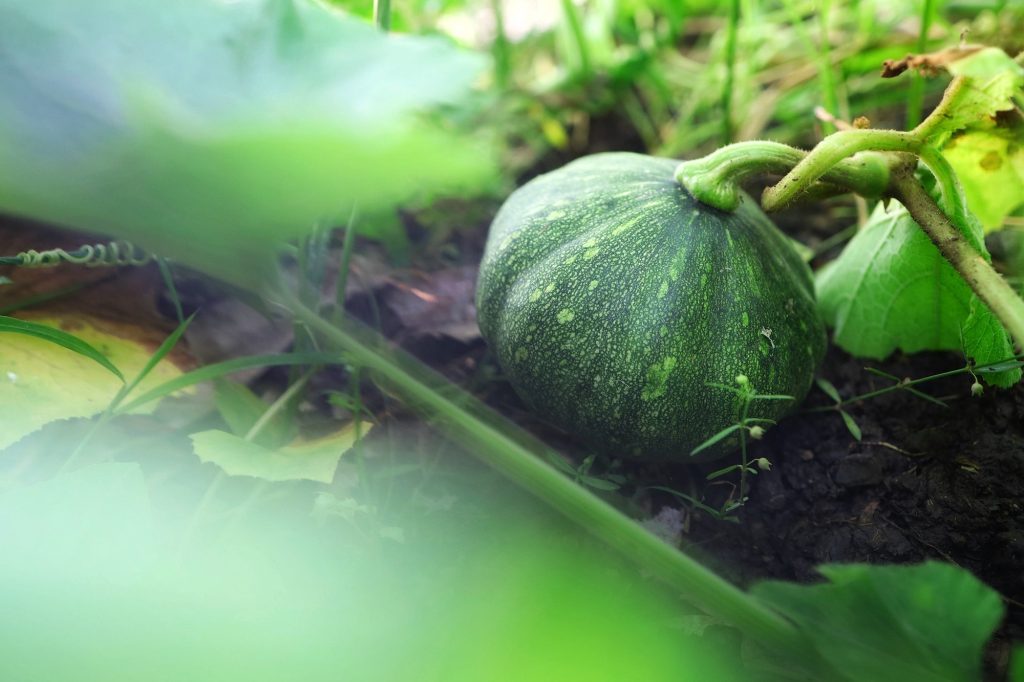Are green pumpkins edible? Pumpkin comes in a different range of colors and this includes the green ones too. Any pumpkin that can be grown is edible however the taste will not be as rich or sweet fully ripened one. There are so many varieties of recipes you can use green pumpkins too.
There are over 30 or more unique varieties of pumpkins and green pumpkins are another one on that list. Green pumpkins are unripe and still meant to be growing on the vine. This can be placed in the sun and rotated evenly to turn it orange.
All types of pumpkins start as green and they might remain like this all through maturity until the pumpkin harvest is imminent before they turn orange.
If the temperature is cooler and there is less sun, your pumpkins are unlikely to ripen which is why many gardeners harvest when it is still green. So, if the year is ending and your pumpkins are yet to turn green, read on to know if the green ones are edible and also the types of pumpkins you should know.
Green Pumpkins: Are They Edible?
Yes, green pumpkins are edible but they do lack the sweetness of the orange ones. Green pumpkins are considered unripe and it’s not ideal for making pumpkin pie. However, it can be used in other recipes and it is edible in stew and soups as well. The taste of green pumpkins is not as rich as the ripened ones either.
Any type or color you can grow is considered edible. Note that all types of pumpkins start as green before turning to orange gradually and sometimes the harvesting method can lead to getting green pumpkins.
Not all types of pumpkins are going to turn orange, some can maintain a dark green, light green, or multicolored at the end of their growing season. The dark green pumpkin specifically has a distinct taste and it’s popularly known as the Japanese Pumpkin.
13 Types Of Pumpkins
Learning about the various types of pumpkins is essential if you are planning to have them planted in your garden. Pumpkins are often classified based on their colors, but that is not the ideal type so to understand this winter squash, here are 13 types you need to be familiar with.
1. Super Moon
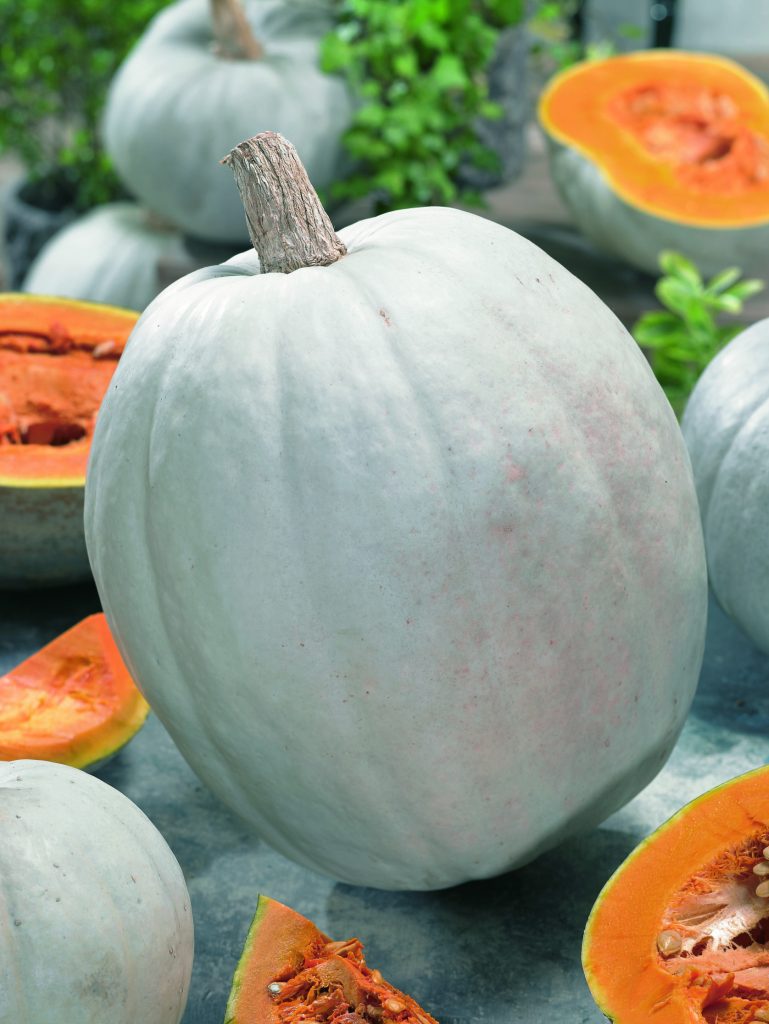
To add some dramatic and decorative touch to your garden, the big moon is the suitable one to go for. This type of pumpkin has bright orange skin, is fast-growing, and quite big as well. This is a real showstopper pumpkin, it is a hybrid pumpkin hence why it has white gorgeous skin.
Super moon pumpkin can grow up to 50 pounds and It’s not only ideal for decoration but can also be used in making soup and pies. This is a really appealing choice of pumpkin.
2. Small Sugar
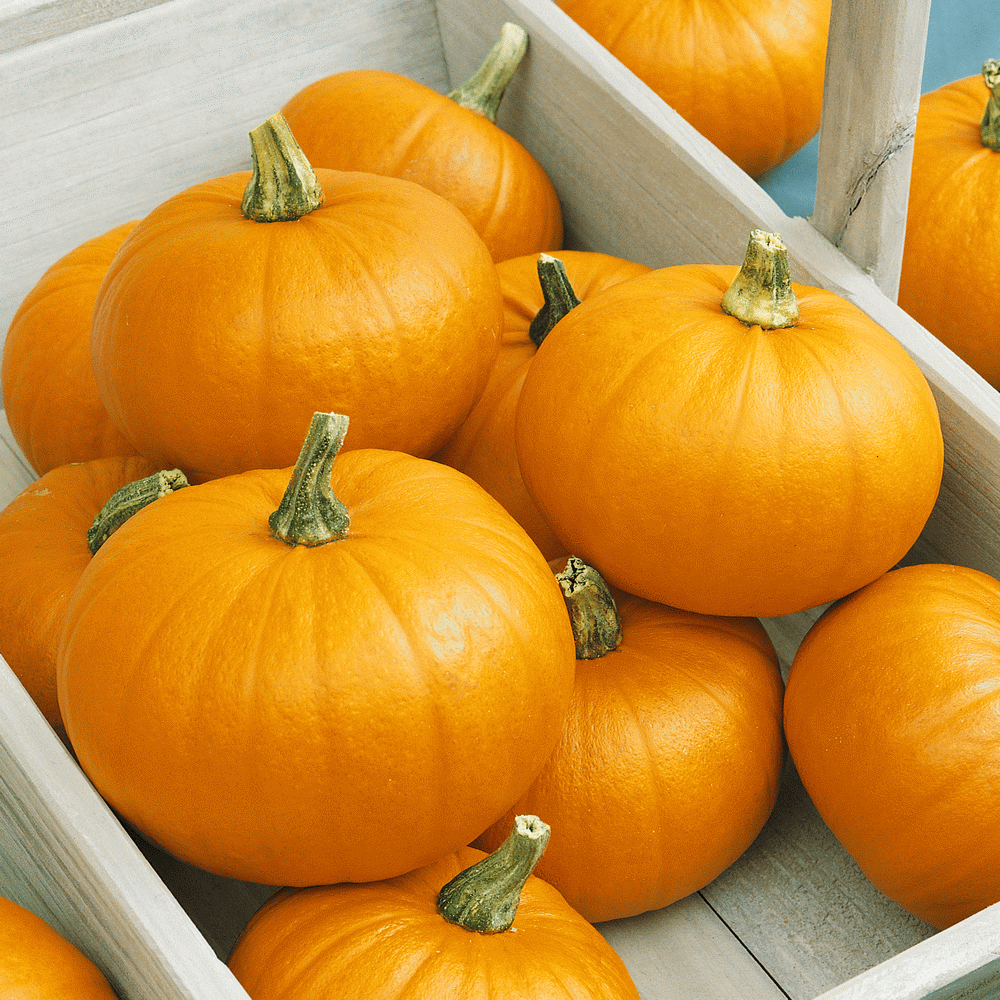
The small sugar or sugar pie pumpkin can be regarded as the smaller version of the Jack o lantern pumpkin. This type of pumpkin is a cultivar of winter squash and its small size means it can be used in cooking, also it is sweeter and less fibrous.
This type of pumpkin belongs to the winter squash family which can explain the sweet delicious taste. It can be baked or cooked into savory dishes.
3. Hijinks
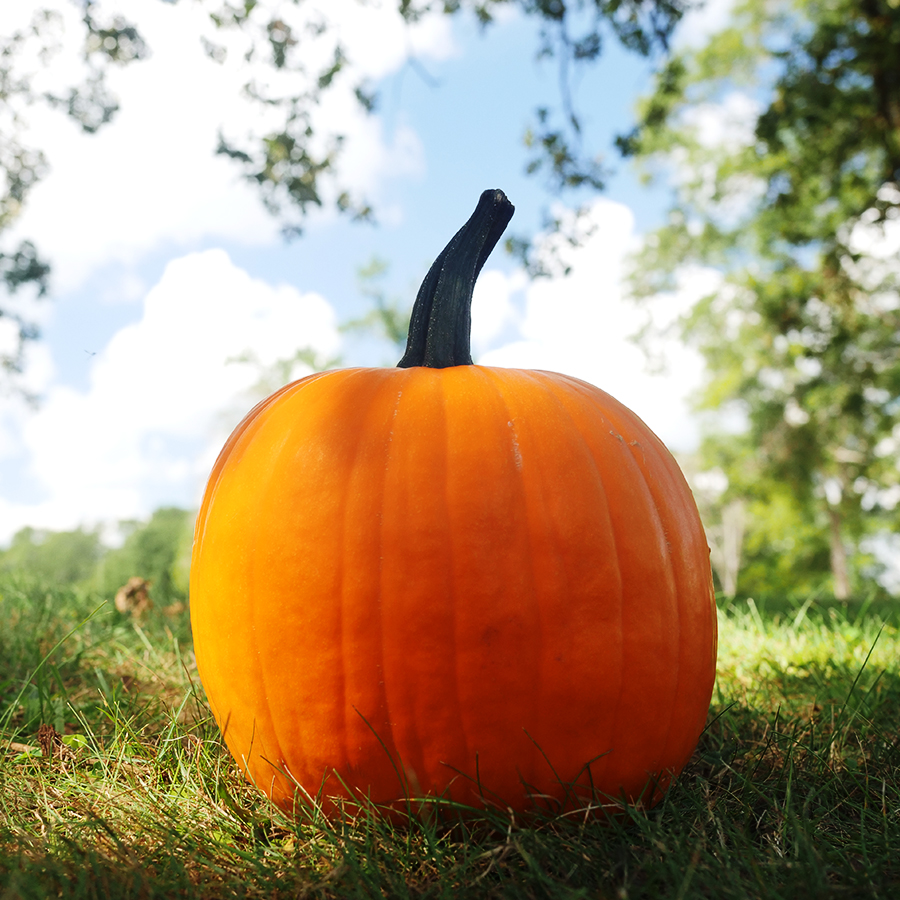
Pumpkin hijinks F1 is another classic type of pumpkin and it is considered easy to grow and care for. This is mainly used for carving or painting and it has a nice square shoulder and blocky shape too. Unlike another type of pumpkins, hijinks are resistant to powdery dew and this leads to high yield as well.
4. Blue Prince
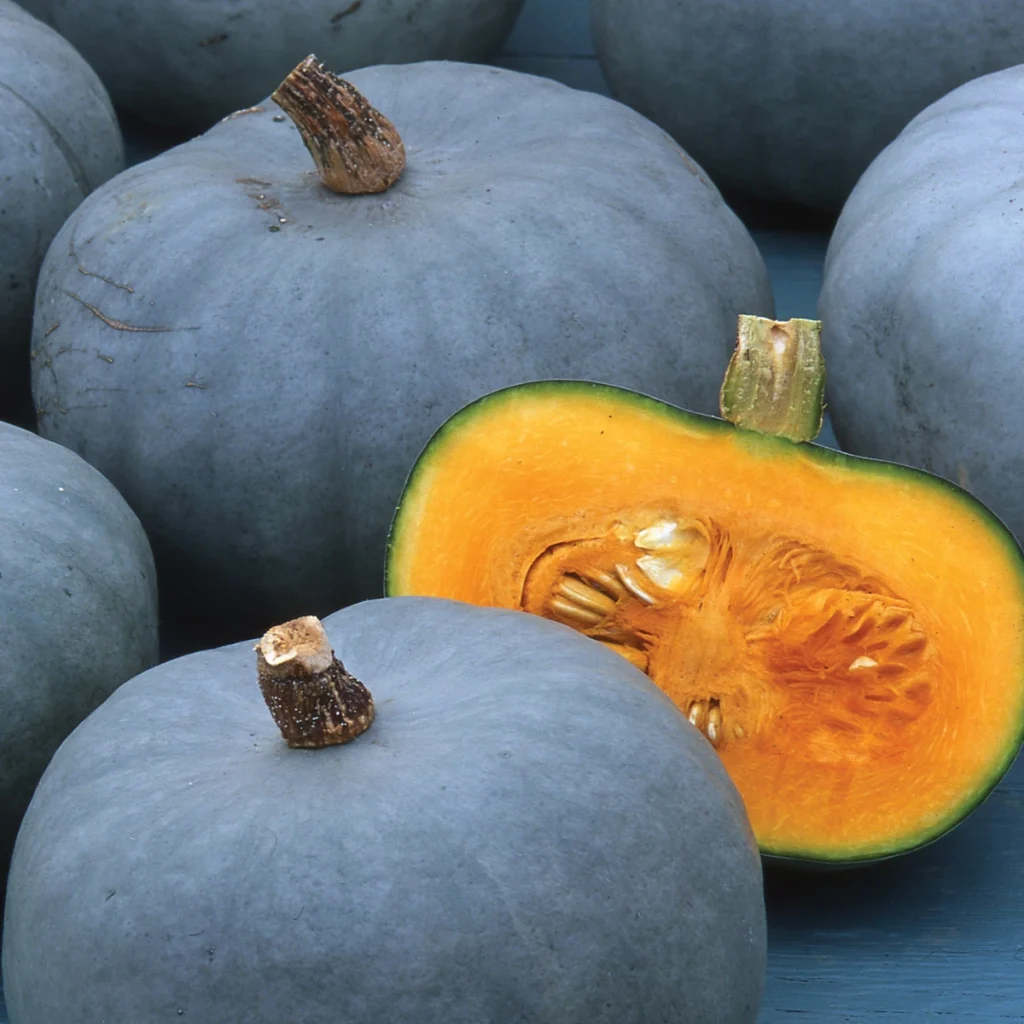
Blue prince pumpkins don’t just look great but they are another type of pumpkins that tastes great too. This happens to be an ideal pumpkin for any type of garden and it comes in around 7-9 pounds with non-stringy orange flesh. Blue prince pumpkins take less space in the garden.
5. Jarrahdale
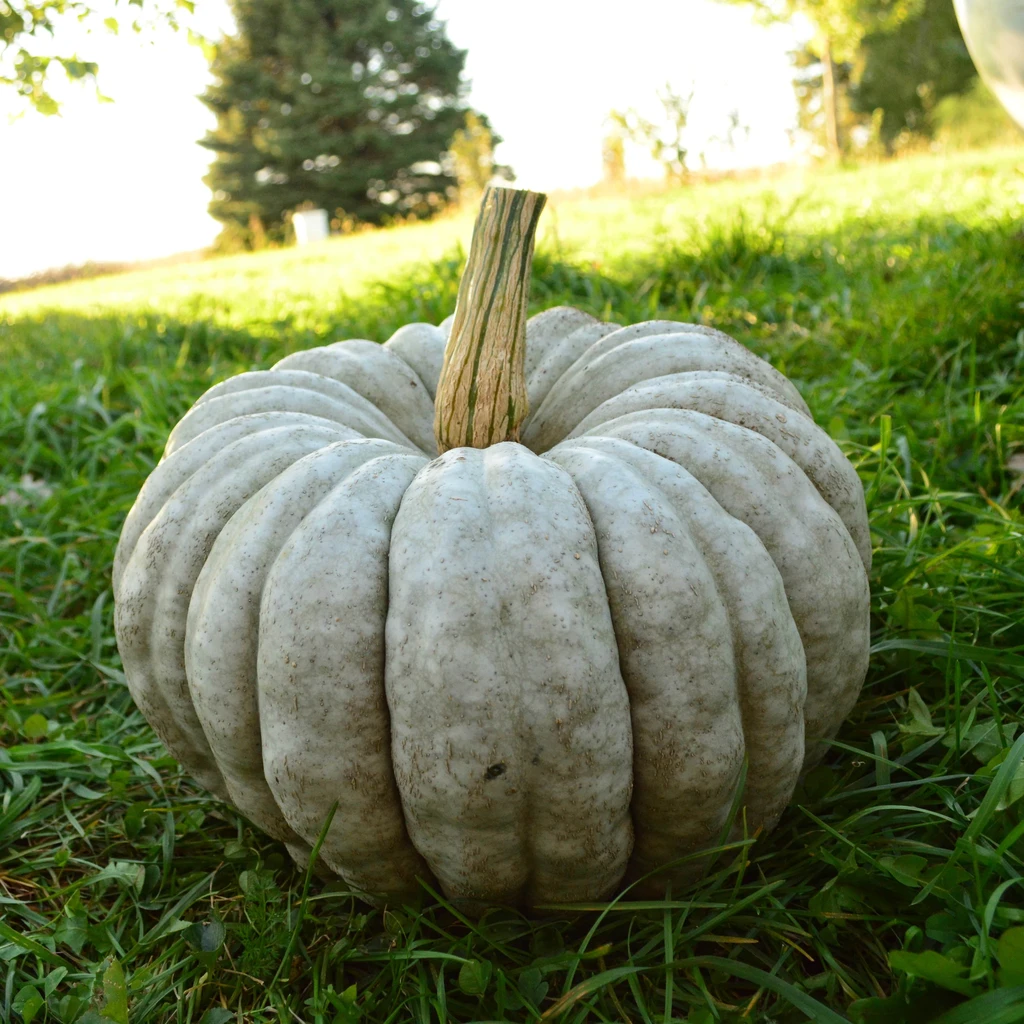
Jarrahdale pumpkins are known as Australian heirlooms due to their fine golden-orange inner flesh color but their outer colors range from dusty gray to greenish-blue. It is a versatile type of pumpkin in soups and stews, it can be sued in making pies as well.
6. Fairy tale
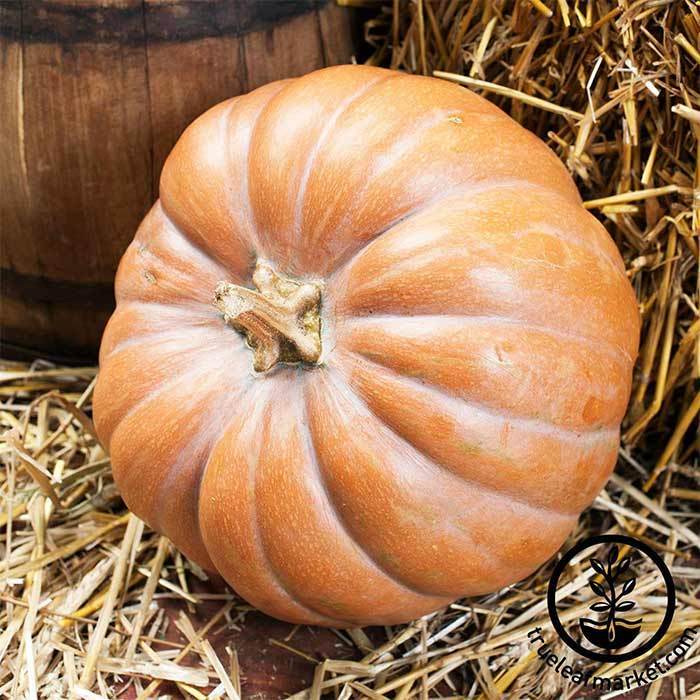
Fairytale is also known as musquee de province and it is a French heirloom type of pumpkin. This pumpkin has a flat shape and a very unusual buckskin color at maturity. However, it is still a popular type of pumpkin and it is loved for its excellent flavor and its flesh is suitable for baking.
7. Baby Bear
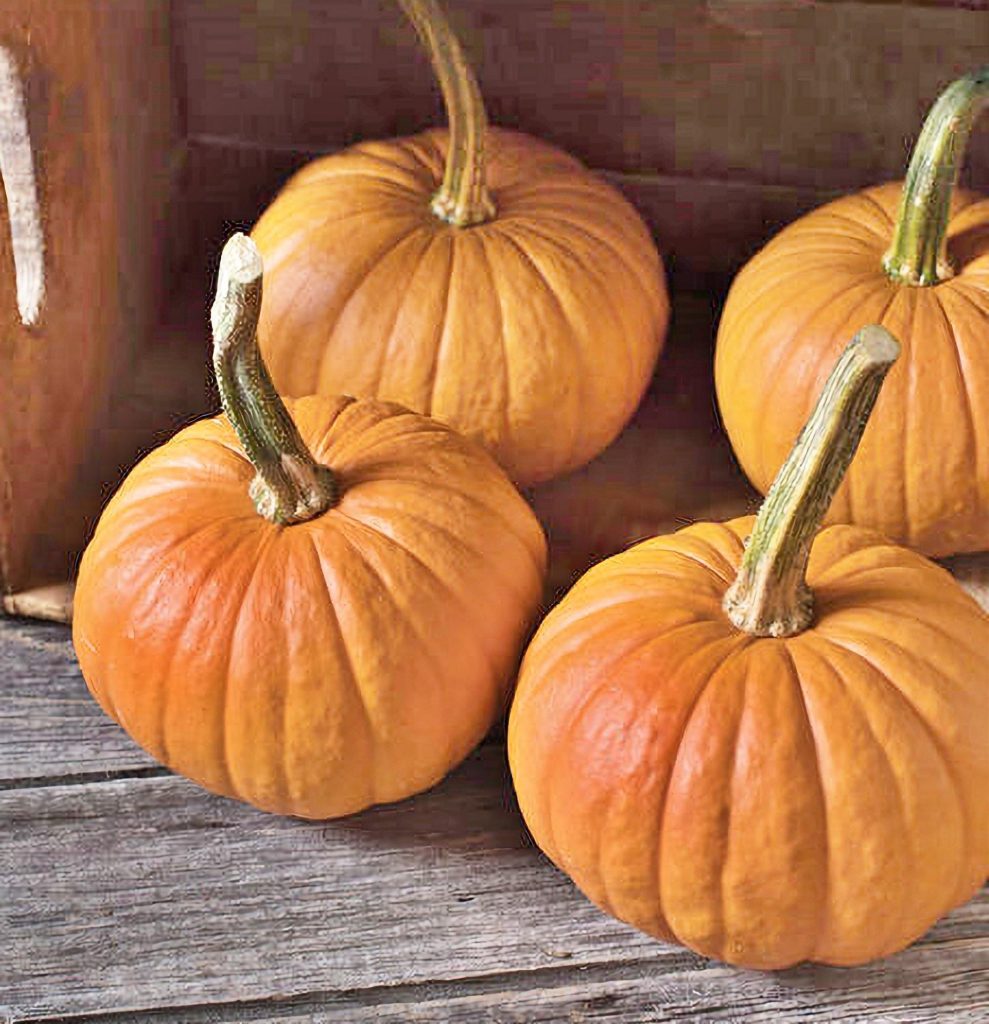
Baby pear pumpkins are edible but they are best used for Halloween decorations. This type of pumpkin is grown as novelty and edible crops so it can be used in baking and cooking as well. This pumpkin is quite small and only grows about 4 inches hence it can be grown in any garden.
8. Long Island Cheese
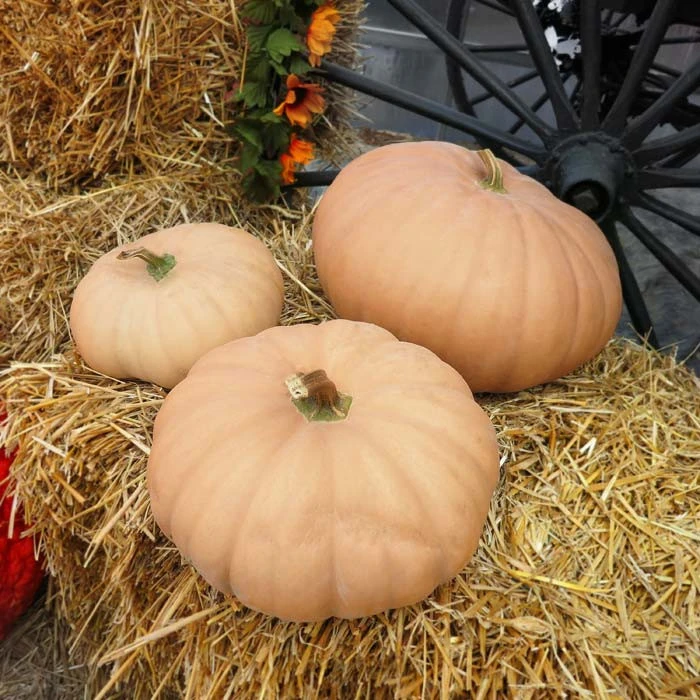
This pumpkin has been named after cheese and it is sometimes called Cinderella pumpkin due to its shape too. This pumpkin type is related to butternut squash and it is medium-sized and grows in any lighter color if it’s not white. Long Island cheese is can be used for baking, roasting, steaming, and grilling.
9. Lumina
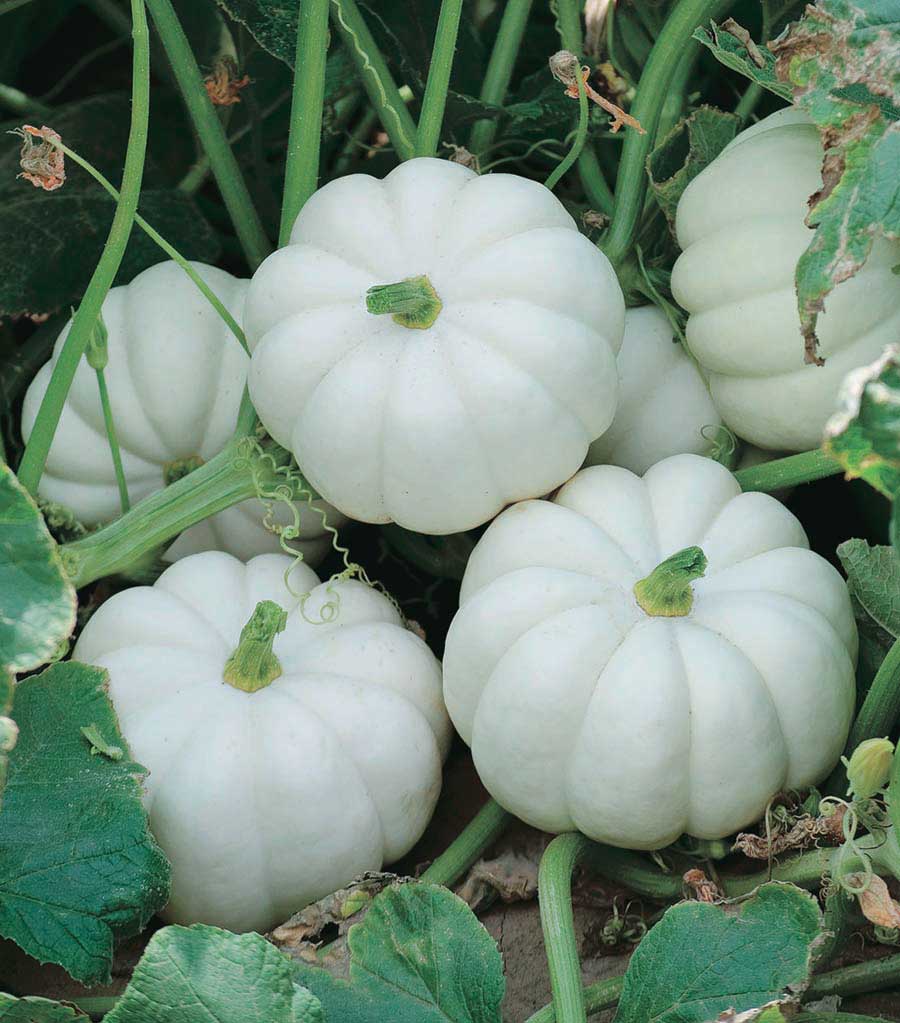
Lumina Pumpkin has a pure white rind that is considered a ghostly appearance and a fine-grained orange flesh which makes it ideal for decorations. These pumpkins are great for carving and arts, it is a common variety in many gardens and only grows to 15 pounds. Spoils quickly so don’t leave it on your porch for too long.
10. Rouge Vif d’Etampes
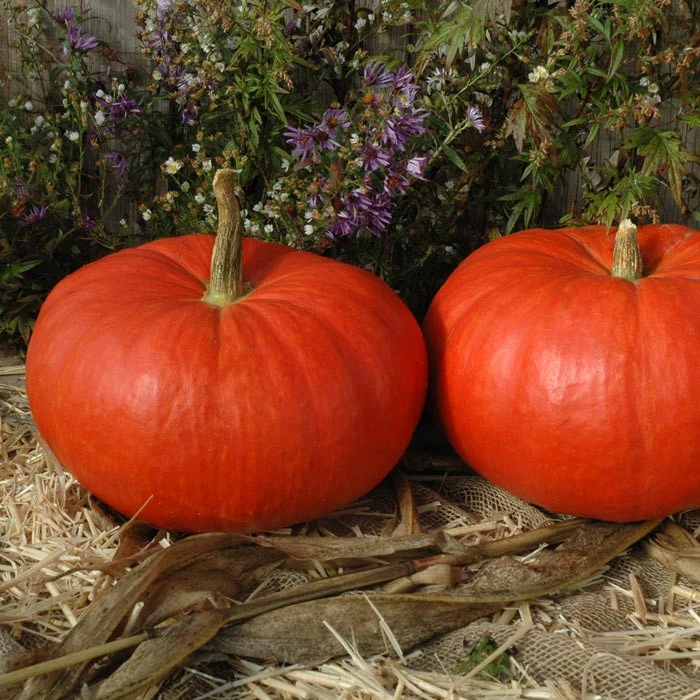
This is another popular French pumpkin variety and it is very attractive. This has a unique color and it is named after an old French town and according to its appearance too, the name means ”vivid red”. Rouge vif d’etampes pumpkin is an ornamental type of pumpkin.
11. Jack O Lantern
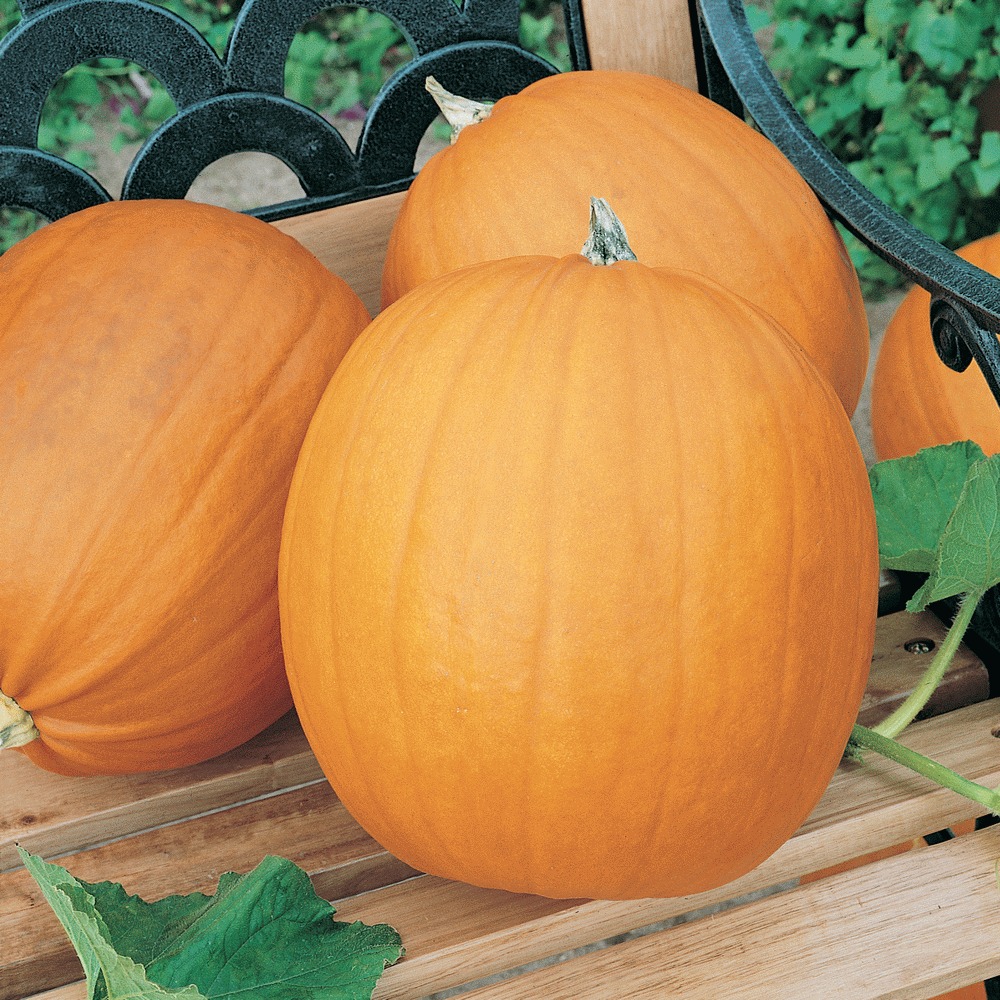
Jack O Lantern is a popular type of pumpkin. It has a thinner shell compared to other types of pumpkins and due to its name, it is the perfect one for carving. The insides also contain more water hence why it’s not used for baking pies. However, the smaller ones are grown for eating and not decorating.
12. Black Futsu
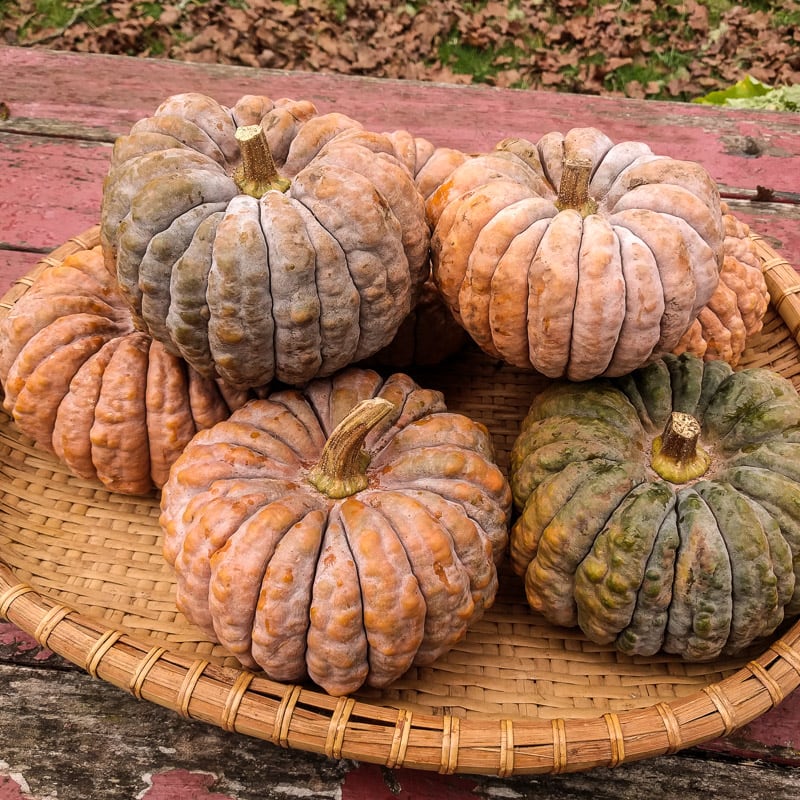
The black futsu is another popular type of pumpkin but they are hard to find Japanese variety. It is an heirloom Japanese pumpkin and can be eaten raw or cooked. This can be planted in any garden as well and the skin ranges from deep black-green to a warm orange buff color.
13. Pepitas
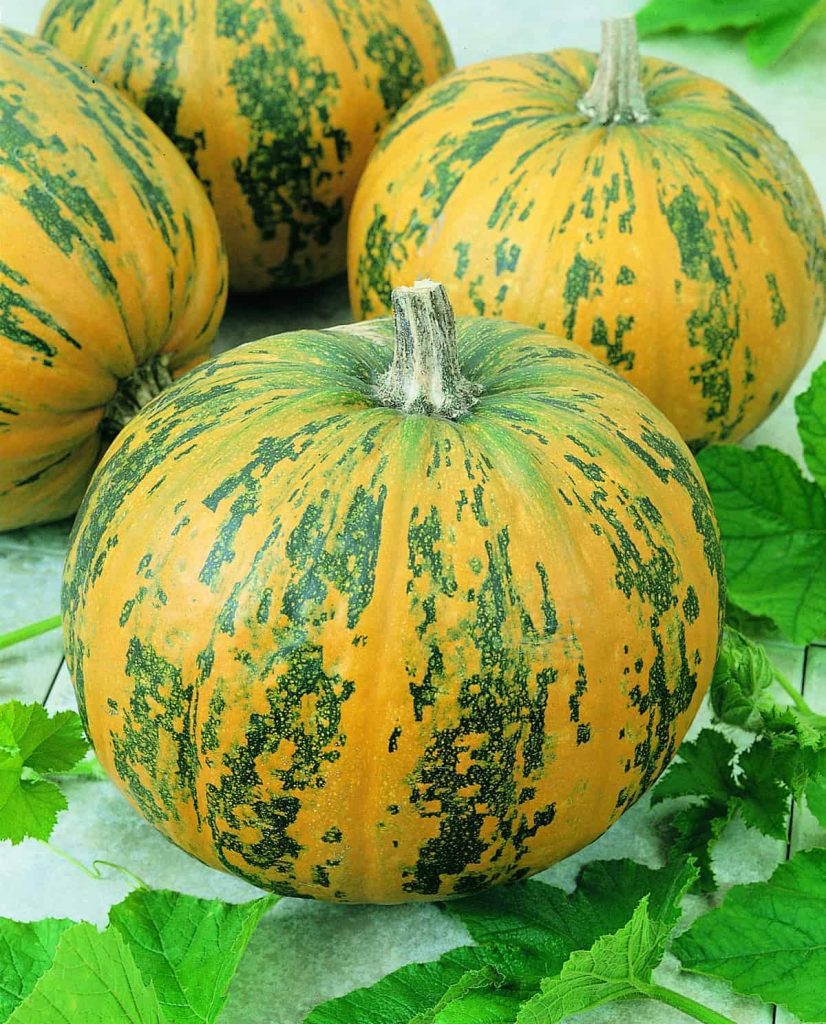
Pepitas are known as little seeds of squash in Spanish but it is a pumpkin type of seeds as well. This is an attractive hybrid type of pumpkin and it has an attractive orange and green striped rind. This grows to about 9 to12 pounds and it can be an edible type of pumpkin or a certain cultivar of squash.
What are green pumpkins used for?
Can I carve a green pumpkin?
Can you eat all pumpkin varieties?
Final Thoughts
Green pumpkins might work for carving and pies just like all other colors of pumpkins but keep in mind that they are actually unripe pumpkins plucked from vines.
However, with the various types listed above, there is no reason not to grow pumpkins in your garden since they are so many options to explore.
